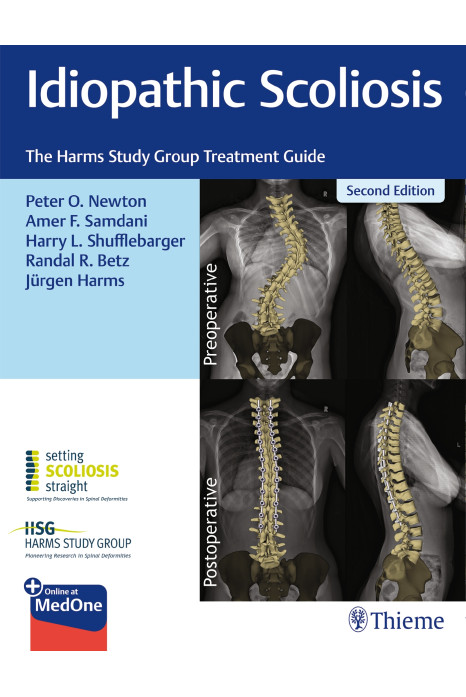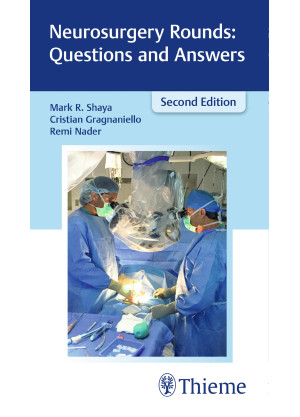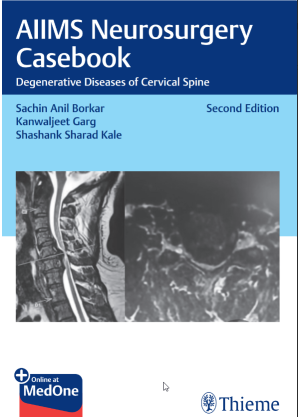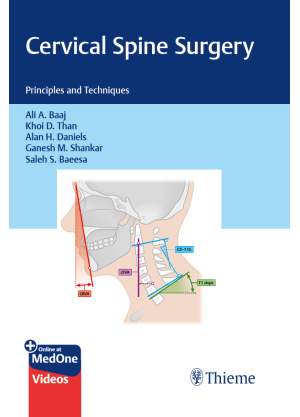The definitive practical reference on managing idiopathic scoliosis from world-renowned experts
Idiopathic Scoliosis: The Harms Study Group Treatment Guide, Second Edition, edited by Peter O. Newton, Amer F. Samdani, Harry L. Shufflebarger, Randal R. Betz, and Jürgen Harms and written by an impressive group of experts reflects treatment advances made in the last decade. Greater understanding of the etiology and improved 3D anatomy has resulted in significant strides in clinical management of scoliosis. This richly illustrated book presents all facets of evaluation and treatment of abnormal curvature of the spine, supported by a solid foundation of evidence-based data culled from the prestigious Harms Study Group.
Divided into four sections and 31 chapters, this one-stop reference encompasses the full spectrum of surgical and nonoperative interventions—from early treatments to modern novel growth modulation techniques. In this second edition, each chapter has been updated and several new ones have been added, reflecting current literature, practice, and expert perspective. Throughout the book, masters share clinical pearls and firsthand knowledge on managing diverse types of adolescent idiopathic spinal deformity, with the common goal of improved patient outcomes.
Key Highlights
- Innovative topics include teamwork and safety in spine surgery, halo traction for large curves, anterior growth modulation, intraoperative neuromonitoring, and kyphosis restoration in scoliosis surgery
- Surgical chapters follow a consistent layout, encompassing rationales, techniques, and outcomes
- Postoperative chapters feature discussion of long-term clinical and radiographic outcomes, infections, complications, and rapid post-op recovery
- A wealth of illustrations enhance the reader's knowledge of specific techniques
This comprehensive textbook is essential reading for orthopaedic and neurosurgical residents, fellows, and researchers. Young spine surgeons embarking on their careers and senior surgeons who wish to remain up-to-date on new techniques for treating adolescent idiopathic scoliosis will also benefit from this illuminating resource.
This book includes complimentary access to a digital copy on https://medone.thieme.com.
Section I. Evaluation and Management
1 History of Scoliosis Treatment
2 Etiological Theories of Idiopathic Scoliosis
3 Prevalence and Natural History
4 Clinical and Radiographic Evaluation of Patients with Scoliosis
5 Nonoperative Management of Adolescent Idiopathic Scoliosis
6 Classification of Adolescent Idiopathic Scoliosis for Surgical Intervention
7 Biomechanics and Correction of Scoliosis
8 Benefits of Teams and Teamwork in Spine Surgery Quality, Safety, and Value
9 Clinical Implications of Three-Dimensional Analysis
Section II. Surgical Considerations
10 Selective versus Nonselective Fusion for Adolescent Idiopathic Scoliosis
11 Selection of Fusion Levels
12 Posterior Correction Techniques in Adolescent Idiopathic Scoliosis
13 Halo Traction in Large Idiopathic Scoliotic Curves
14 Indications and Techniques for Anterior Release and Fusion
15 Posterior Releases: Pontes and Three-Column Osteotomies
16 Surgical Treatment of the Right Thoracic Curve Pattern
17 Assessment and Management of Shoulder Balance
18 The Surgical Treatment of Lumbar and Thoracolumbar Curve Patterns (Lenke V)
19 The Surgical Treatment of Double and Triple Curves (Lenke Types 3, 4, and 6)
20 Thoracoplasty
21 Kyphosis Restoration in Adolescent Idiopathic Scoliosis
Section III. Postoperative Management
22 Long-Term Clinical and Radiographic Outcomes of Scoliosis
23 Infection in Adolescent Idiopathic Scoliosis
24 Complications and Reoperations in Adolescent Idiopathic Scoliosis
25 Accelerated Pathways
26 Untreated Late-Onset Idiopathic Scoliosis and Revision Surgery in Adults
Section IV. Miscellaneous Topics
27 Osteobiologic Agents for Spinal Fusion
28 Intraoperative Neuromonitoring
29 Anterior Growth Modulation
30 Managing the Preadolescent Curve: Early Fusion versus Posterior Distraction
31 The Development and Evolution of the Harms Study Group Registry











